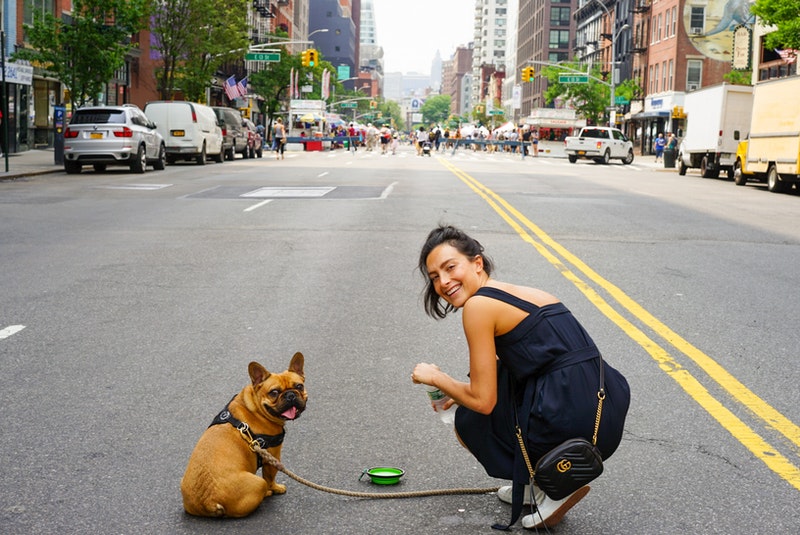Keeping pets is now very common. Pet owners will tell you that choosing whether to take your pet with you or leave them in the care of an animal boarding facility is an important part of planning vacation plans. Whether you’re going by air, car, train, or foot, think about your pet’s needs and the options available before making your plans. You must always think about your pet’s health, safety, and preferences when deciding whether to take your pet with you or leave them home with a qualified pet sitter.
Tips About Travelling With Pets
Many pet owners are so attached to their pets that they would rather travel with them than leave them behind. As a result, planning for a pet-friendly journey is required. This article includes a pet travel advice checklist to help you prepare.
1. Identification Tags
Pets can’t identify themselves. Therefore, whatever the mode of travel is chosen, it’s essential to tag your pet with proper identification before heading out. This would help your pet finds its way back to you if ever you get separated. It will also help avoid confusion between owners in cases where two pets might resemble each other.
2. Permanent Identification
You can never be too cautious, according to the wise. As a result, in addition to tagging your pet with the correct identification tags, you should consider implanting a more permanent means of identification, such as a microchip. This would also aid in tracking your pet in case they stray away or if you are separated.
3. Train Them
You must train your pet while young because pets take a long time to fully understand commands and expected behavior. You should teach them to stay calm during travel and properly react to commands. A reward system is highly recommended because it helps remember learned lessons. If you have a lot of pets, you’ll have to train them all individually.
4. Protect Your Pet
After training the pet, many people think it’s safe to let them wander around the car/plane throughout the trip. However, this is wrong. Pets can get injured like people when the vessel of travel assumes an unexpected movement or in case of an accident. Therefore, it is recommended that the pet be crated to keep them safe.
5. Bring a First Aid Pet Kit
We never know when the accidents might take place. The best approach to handle this is to be prepared if they happen. Pet owners are recommended to bring a pet first-aid kit that has bandages, hydrogen peroxide, and gauze just in case inducing vomit is needed. You should always follow the advice given by a professional first before personally treating your pet from presumed exposure to toxic substances.
6. Be Extra Mindful
You’ll never know how your pet will react to new stimuli, no matter how well you know them. After hearing a loud honking, your pet might seek cover between your legs while you’re driving. This could result in a tragedy, so you must keep your pet safe throughout the journey.
7. Taking Care of a Dog During Travel
Most airlines will only allow you to bring your pet inside the cabin if it fits in a pet carrier under the seat. Furthermore, the pet’s size must allow it to stand and move in the carrier. You’ll also need to pack a poop bag, a water bottle, a collapsible bowl, a recent photo of the dog, and a leash for the dog.
Conclusion
The above advice mostly focuses on the safety and wellbeing of your pet during travel. Therefore initial safety precautions, like ensuring your pet must remain in a good physical state to travel, are observed. It’s also crucial to ensure that the trip destination is clear of animal diseases such as rabies. Traveling with pets becomes less of a problem and more convenient if you follow the suggestions above.
For more detailed manuals and advice about this topic, please see Forums 2001.





